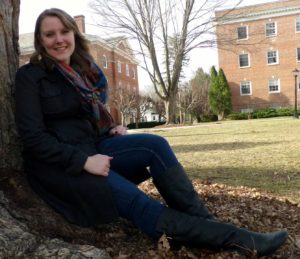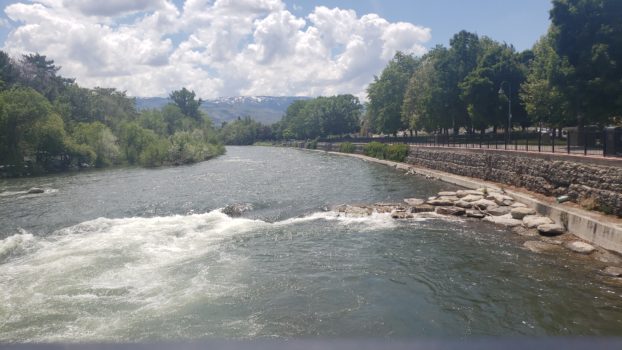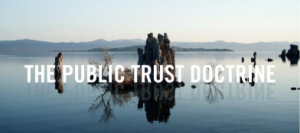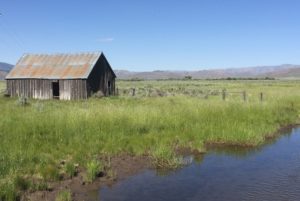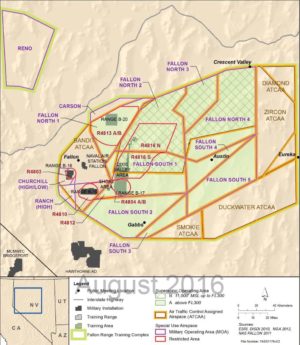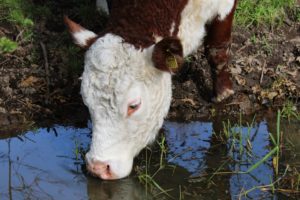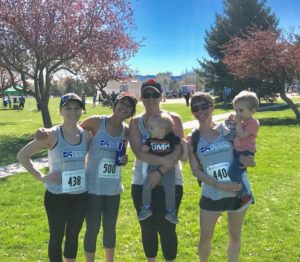Nevada State Engineer Issues Final Order in the Diamond Valley Adjudication. So, What’s Next?

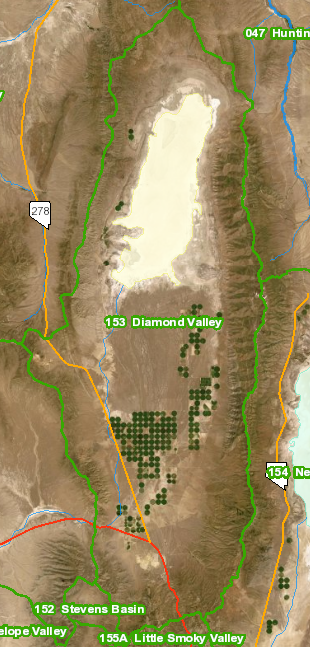
By Caitlin Skulan and Lisa Mae Gage
On January 31, 2020 the Nevada State Engineer Tim Wilson issued the Order of Determination of the Relative Rights in and to All Waters of the Diamond Valley Hydrographic Basin. This order is the State Engineer’s final determinations of all the vested claims to water in the Diamond Valley Hydrographic Basin. Nevada Revised Statutes “NRS” Chapter 533 governs the procedure for adjudications before the State Engineer and Court systems.
Filing Final Order with District Court
Now that a final order is issued, the State Engineer will file the Order of Determination with the clerk of the district court in which the water sources are located. The water rights subject to the Diamond Valley adjudication are not located wholly within one county, rather, they are located in Elko and Eureka counties. Elko County District Court is located in the Fourth Judicial District, while Eureka County is located in the Seventh Judicial District. When this happens, Nevada law directs the State Engineer to notify each of the judicial districts of his intention to file the Order of Determination, at which time the judges are to confer and agree upon where the court proceedings will be held. After the Judicial District is determined, the State Engineer will file the Order of Determination, evidence and transcripts with the court clerk. If the judges fail to notify the State Engineer of their decision within a statutorily prescribed period, the State Engineer can file the Order of Determination with the judicial district of his choosing.
Setting of Hearing on Order of Determination
Once the State Engineer’s record (Final Order, evidence and testimony) are filed with the District Court, the District Court will issue an order setting a Hearing on the Order of Determination. The court will provide the State Engineer with a copy of the Order Setting Hearing and the State Engineer will mail a copy to all interested parties. In addition, the State Engineer will publish the Order setting hearing in newspapers of general circulation for Elko and Eureka counties.
Exceptions to the Order of Determination
If any party feels aggrieved or dissatisfied with the Order of Determination they can file objections. At least five (5) days before the date of the hearing, that party must file with the District Court their objections by filing a Notice of Exceptions to the Order of Determination. This notice must state briefly the exceptions to the order and give the party’s requested prayer for relief.
Hearing on Order of Determination and Decree
If no exceptions to the Order of Determination are filed, on the day of the hearing the Court can issue its Findings of Fact, Judgment and Decree (“Decree”). If exceptions are filed, each party filing exceptions will appear at the hearing. The Court will prepare and provide all parties a copy of its Proposed Findings of Fact, Judgment and Decree at least thirty days before it intends to execute the Decree. Once the Decree has been executed by the District Court, there is a further opportunity to appeal to the Nevada Supreme Court.
While the issuance of the State Engineer’s Order of Determination is a good milestone in determining the vested rights in the Diamond Valley Hydrographic Basin, we may still be a long way from obtaining a final Decree.







